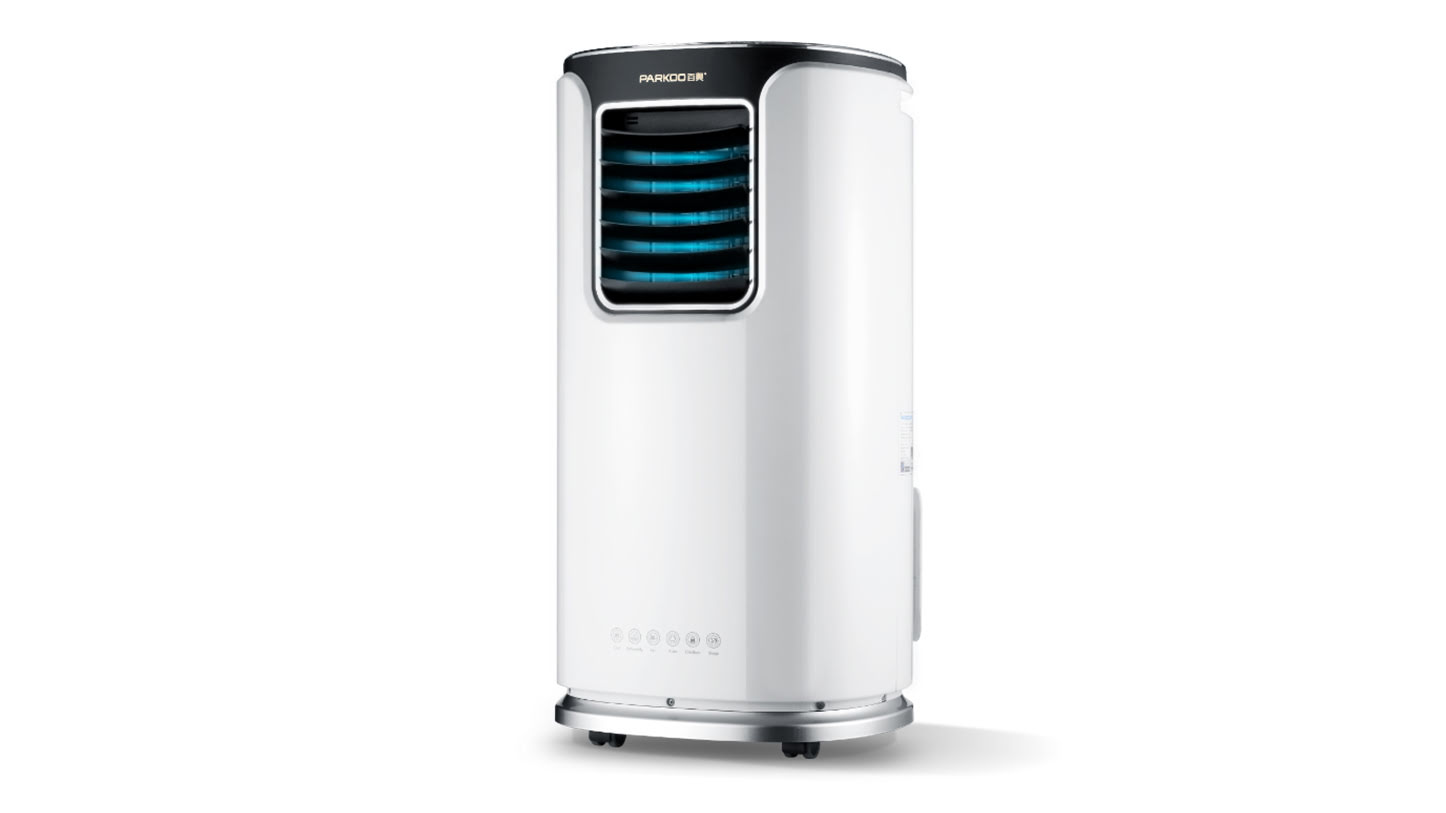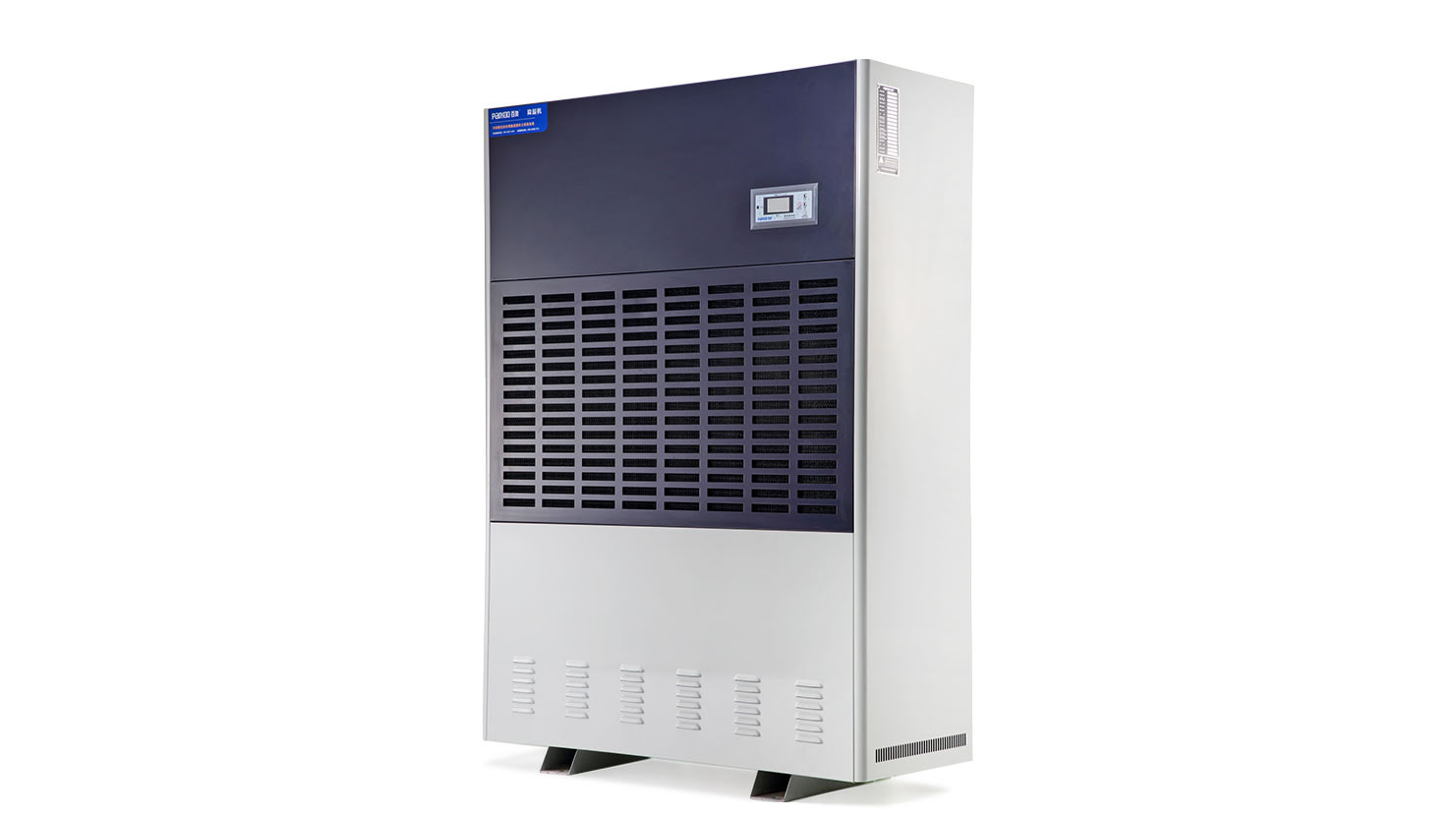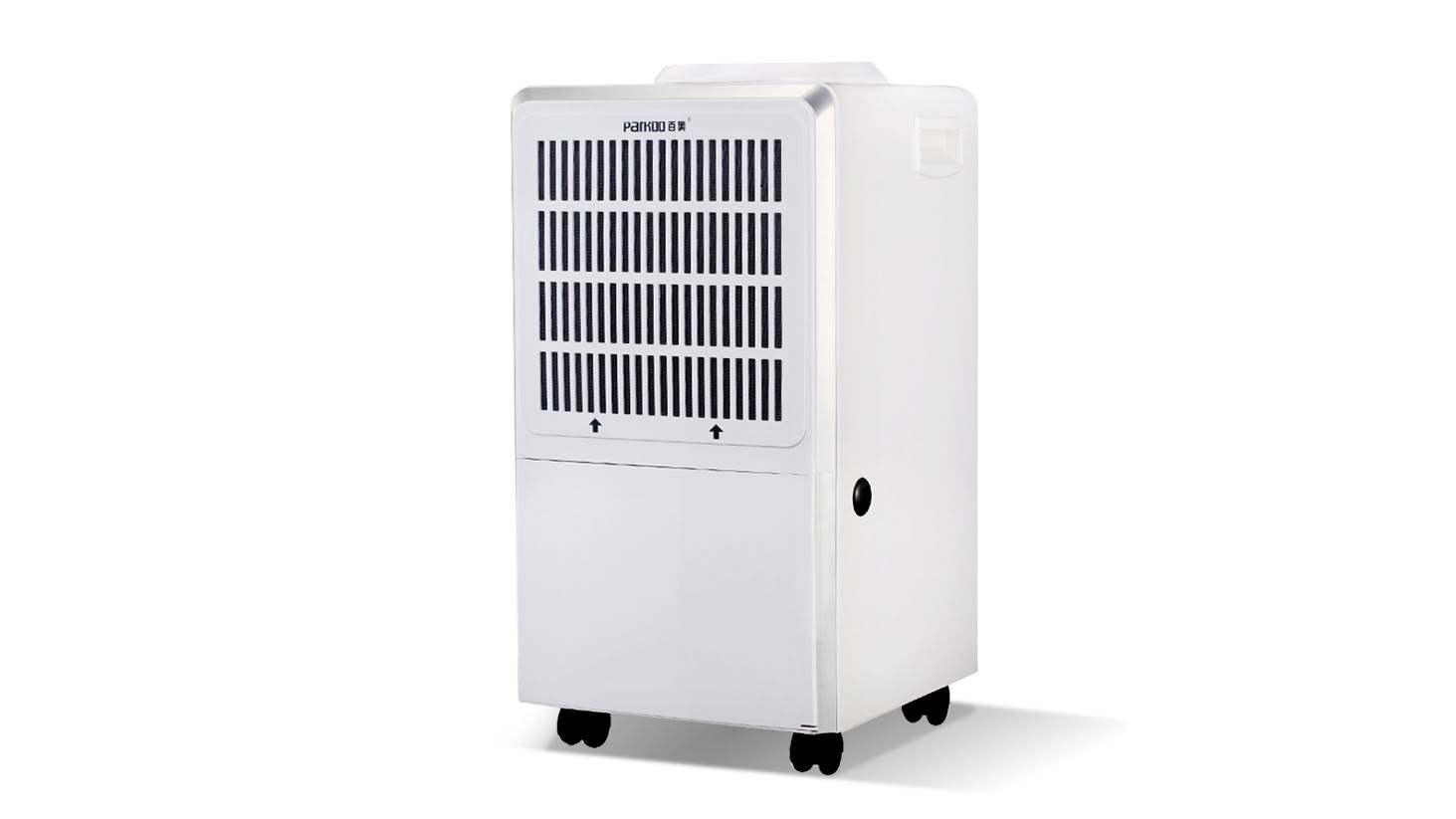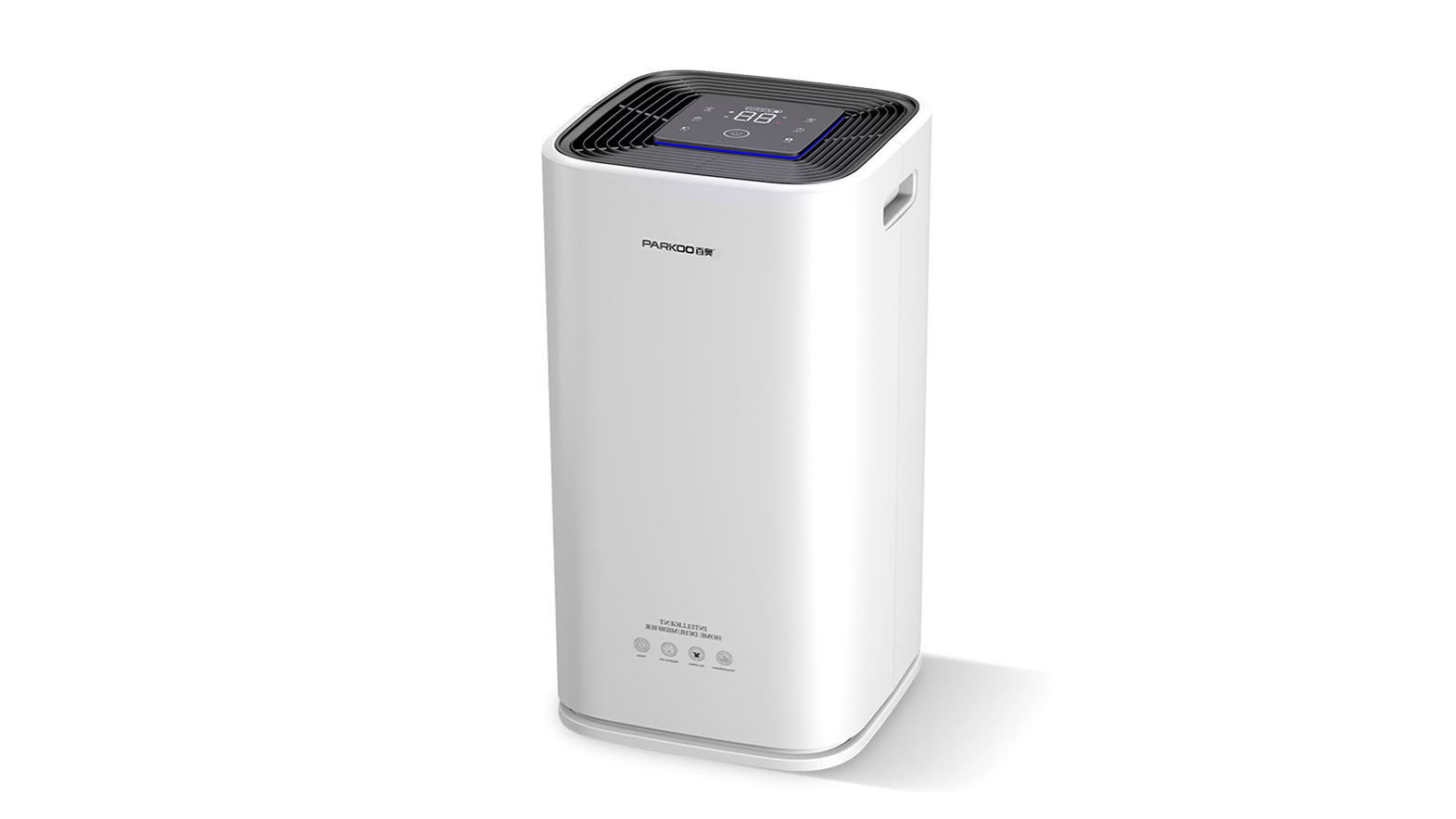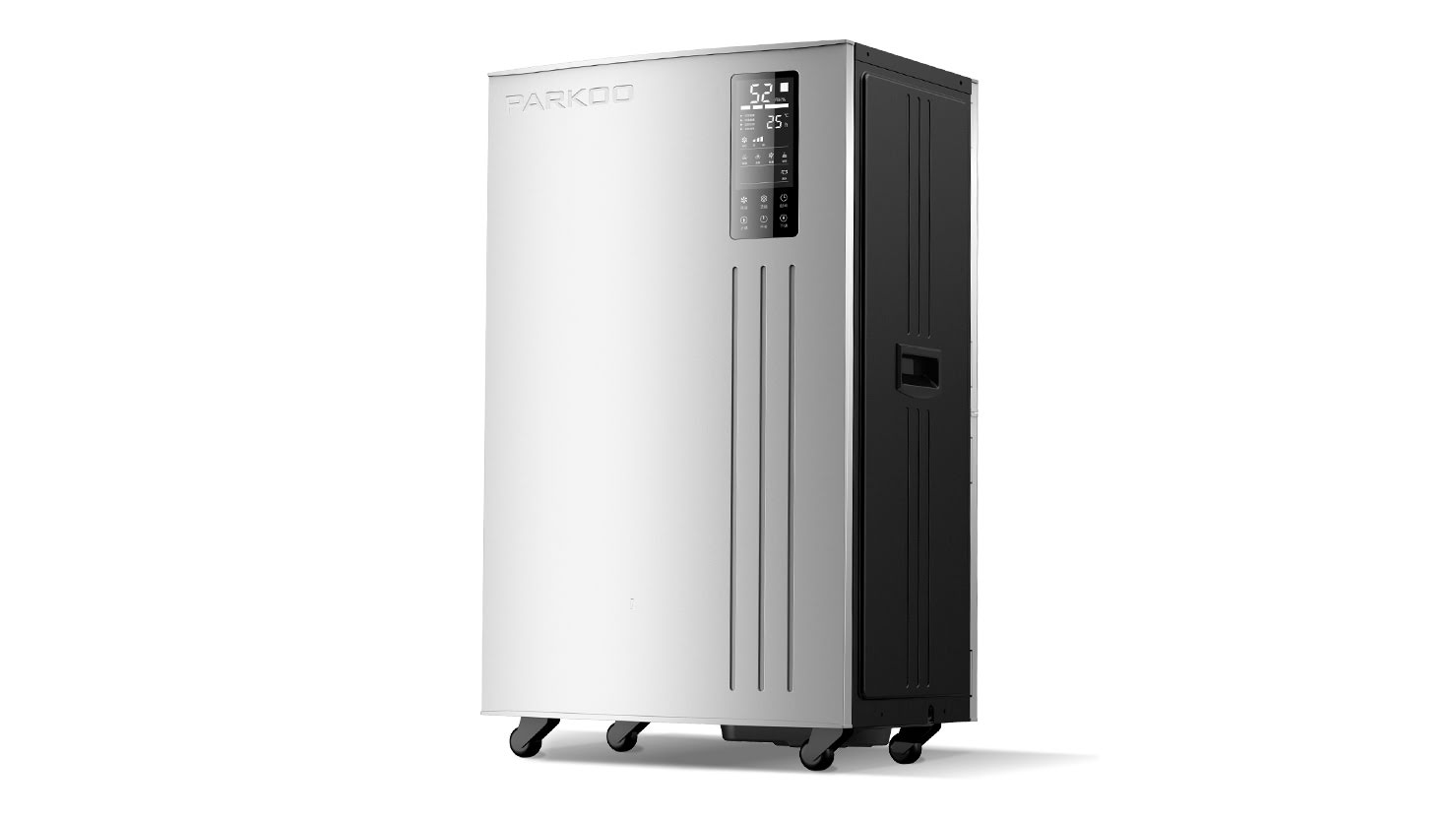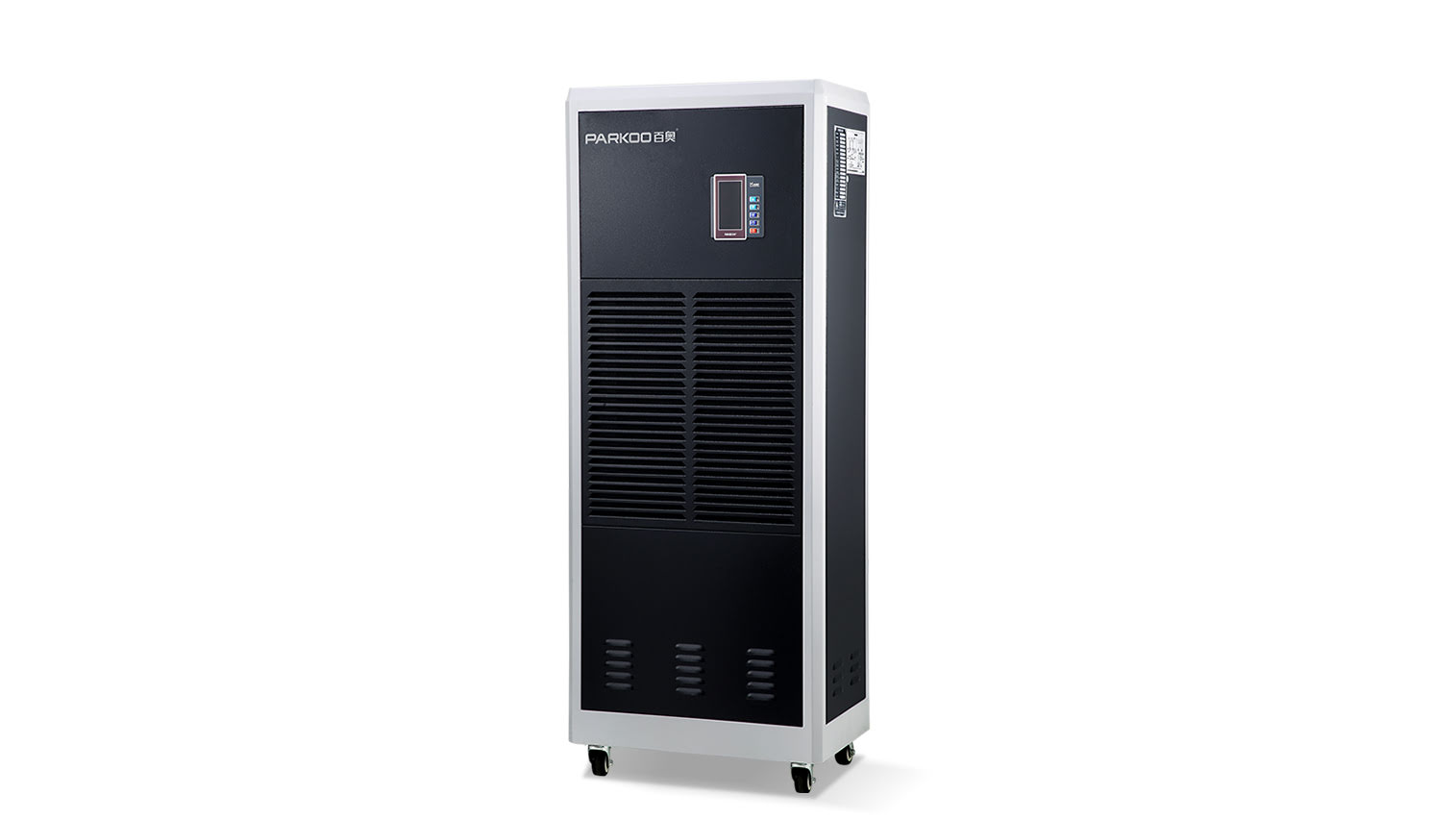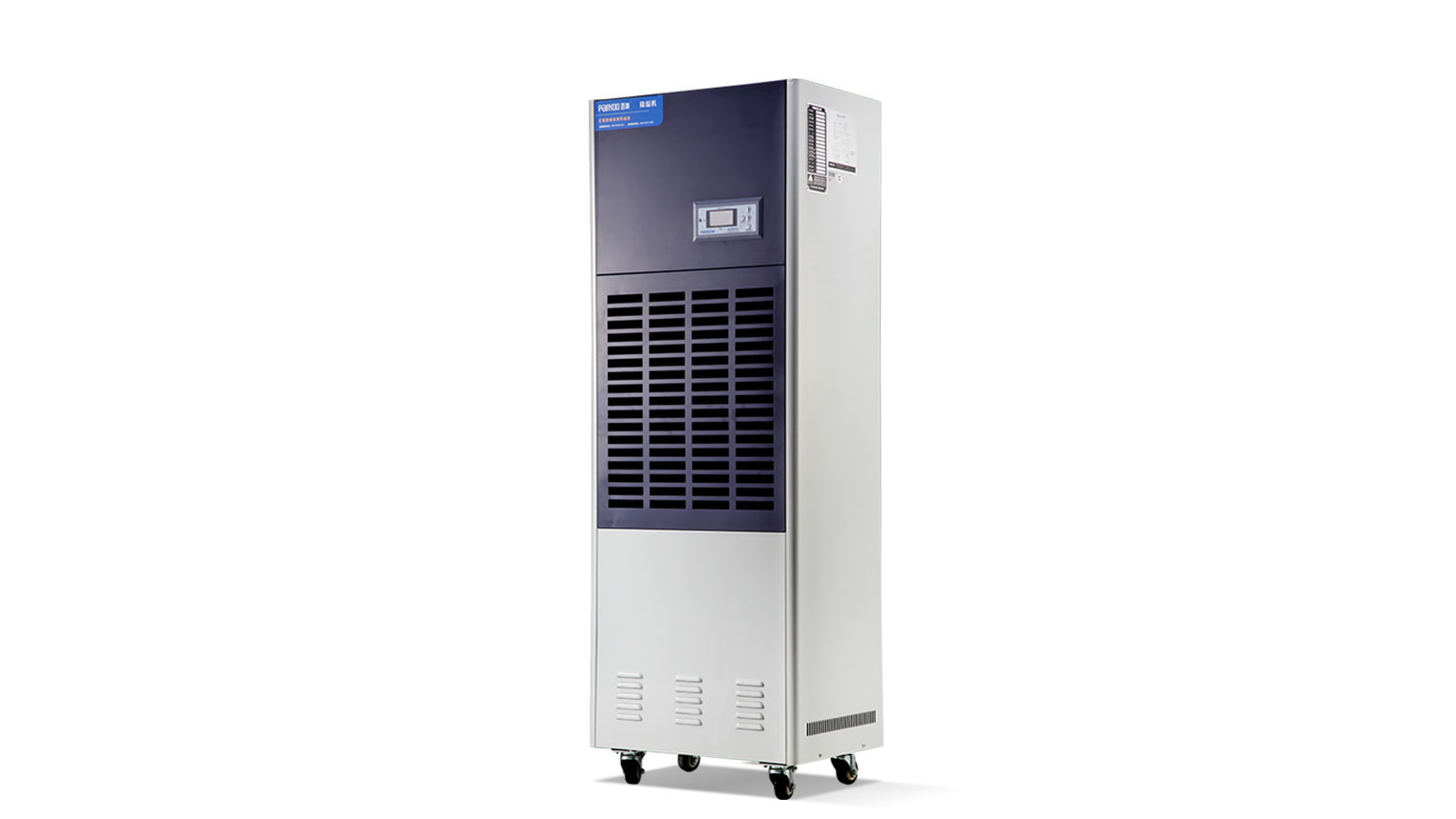By dehumidifying the drying chamber, heating can be completely avoided, as Parkoos adsorption dehumidification can also work at high capacity in unheated rooms. The theory of air drying is that in or...
by Dehumidifying the drying chamber, heating can be completely avoided, as PARKOO's adsorption deHumidification can also work at high capacity in unheated rooms. The theory of air drying is that in order to dry clothes, there must be a difference in sTeam pressure between the dry air and the clothes; The greater the difference in Steam pressure, the shoRTer the drying time. In dehuMidification, this difference is generated by providing very low steam pressure=low Moisture content of dry air. This method creates dry conditions, equivalent to a dry summer with light winds, where clothing is dried indoors for a record time. use parkoo's drying room solution and use a circulating ventilator instead of wind. This promotes the release of moisture from the cloth to the air, and the dehumidifier removes moisture. This method further shortens the drying time. when drying through heat or condensation dehumidification, the air temperature increases and high vapor pressure is generated. This high pressure poses a risk of moisture absorption in the Construction of buildings. Adsorption dehumidification has a low steam pressure, which helps Prevent such damage to buildings. The Danish military was the first country in Denmark to benefit from dehumidification of drying equipment and clothing, both military and civilian. The military also has a large drying room, where divers' clothing, rescue clothing, etc. are dried in the shortest possible time and at the lowest possible cost. Commandos and frog teams, as well as various Aerodrome and fire fighters, used the Parkoo method in 50-60 military drying rooms. solutions are becoming increasingly common in civilian life, with many companies providing drying rooms for employees. This is not only applicable to police stations where employees change uniforms, but also to staff Who work in a cycle and use normal operating drying Facilities for bathing and changing. Oticon, Aalborg, portland and others Currently have staff changing rooms. Parkoo's solution ensures fast and effective drying of clothes and towels. This solution is also used with housing associations that share drying rooms. Clothes dry faster than before, so the 'Conversion' time is shorter and more people can dry clothes. Spending time in a drying room is more enjoyable as it is no longer subjected to tropical temperatures and air humidity. Compared with heating, heat absorption and dehumidification also significantly reduce energy costs
Related
Random reading
- Is your home damp- What adverse effects will it have...
- How industrial humidifier solves the static electric...
- Dust suppression atomizer for automobile film worksh...
- Moisture issues in processing powdered food to avoid...
- Board dryer, board drying and dehumidification integ...
- Automatic spray disinfection machine and spray equip...
- Atomization bacteriostasis disinfection channel door...
- Rosewood furniture dryer, rosewood furniture dryer d...
- Industrial dehumidifiers to prevent icing in food pr...
- How can industrial dehumidifiers control humidity in...
- Dehumidifier
- Choose a good dehumidifier to keep moisture out
- Humidifier for acid drain tank, special humidifying ...
- Fresh air blower with dehumidification function, fre...
- Dehumidifier for drug cryogenic storage, efficient d...
- The Importance of Environmental Temperature and Humi...
